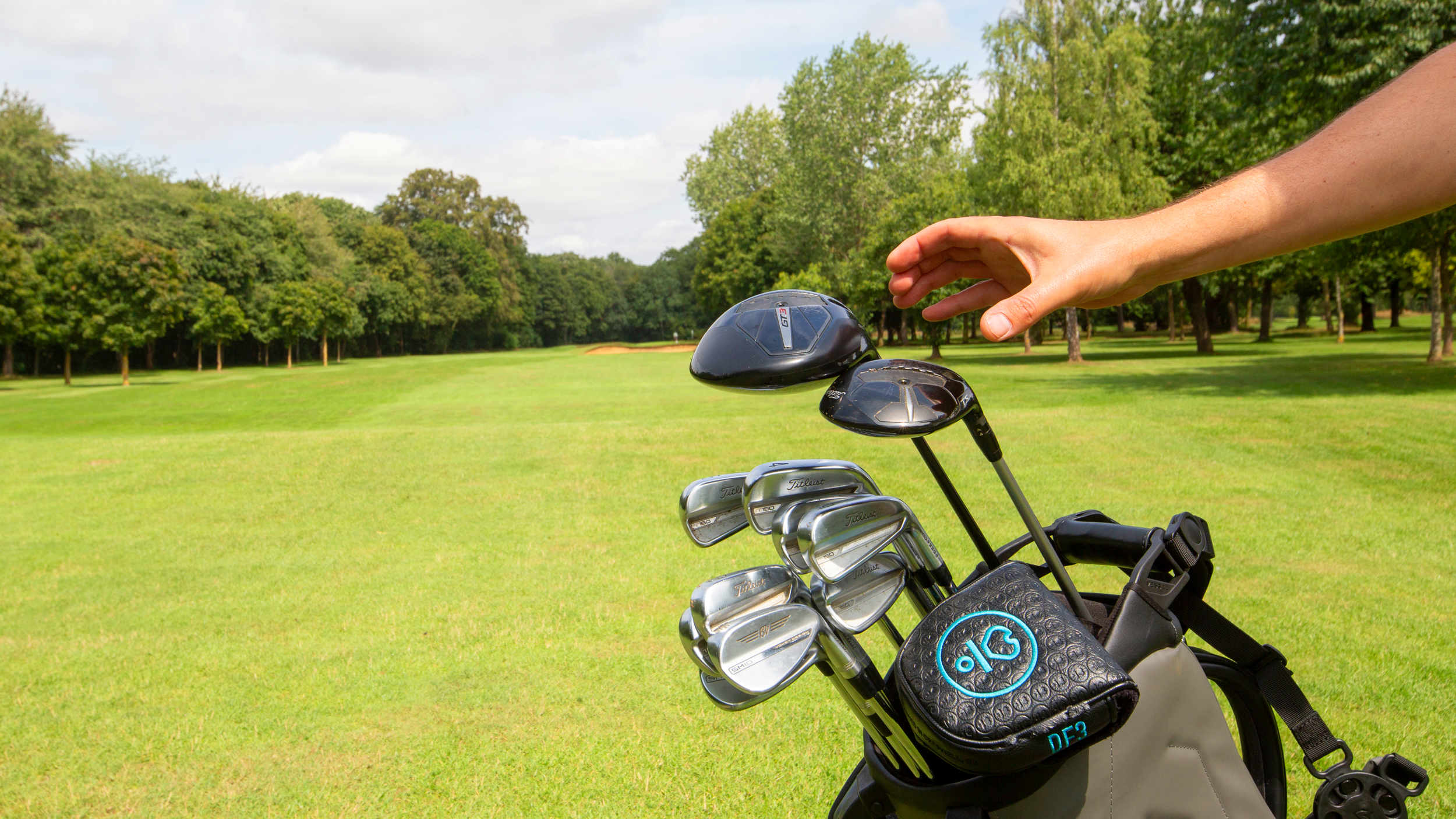
This One Tip Will Change How You Play Par 5s: Lay Up to a Full Wedge
Do you par or birdie every par 5? Probably not. The fastest way to lower scores on three-shot holes isn’t a heroic second—it’s a smarter third. Here’s the single strategy that transforms par-5 scoring for amateurs: stop getting as close to the green as possible and lay up to a full, confident wedge number.
The Tip: Stop Laying Up “As Close As Possible”
The classic mistake on par 5s: knowing you can’t reach in two, then blasting your second shot as far as you can anyway. That often leaves a fiddly 50–90 yard pitch—the toughest distance window for most golfers. Instead, lay up to a full wedge—a yardage you love (for many players, that’s 95–115 yards).
Step 1: Evaluate Lie, Wind, and Yardage
- Green light for eagle: If you can realistically reach (carry and stop) with acceptable risk, go for it.
- Otherwise: Commit to a smart layup that sets up your best third shot, not the longest possible second.
- Factor in conditions: Rough vs. fairway, uphill/downhill, wind direction, hazards, and pin location.
Step 2: Choose the Right Layup Distance
Your goal is a full, stock swing with a familiar wedge. Use the table below as a starting point and refine based on your game.
| Player Profile | Suggested Layup Window (Third-Shot Yardage) |
|---|---|
| Low handicap (0–5) | 105–125 yards |
| Mid handicap (6–15) | 95–115 yards |
| High handicap (16–25) | 85–105 yards |
| Newer golfers (26+) | 75–95 yards |
Tip: Pick the number you love (e.g., a full gap wedge at 100 yards) and build your layup around it.
Why Distance Matters: Accuracy by Yardage
- 50–90 yards: Partial swings introduce pace and contact variability; even skilled players tend to leave these farther from the hole.
- 95–120 yards: Full swings with scoring clubs improve contact, start line, and distance control, raising GIR and birdie chances.
In short: full swings are more repeatable than finessed partials—especially under pressure.
How to Calculate the Perfect Layup
- Find total to the pin: e.g., 265 yards remaining after your drive.
- Pick your favorite number: say 105 yards for your full wedge.
- Compute layup target: 265 − 105 = 160 yards. That’s where you want your second shot to finish.
- Choose the club: Select the club that travels ~160 (carry + roll) from your lie, stopping safely short of hazards.
Pin position note: If the pin is front and guarded, bias your layup a few yards longer (to a middle-green number) to avoid short-sided pitches.
Why This Strategy Works
- Consistency: Full swings produce tighter dispersion than half or three-quarter shots.
- Comfort: You’ve likely practiced your full wedge more than your 65-yard “feel” shot.
- Lower stress: A clear target number reduces indecision and forces a committed swing.
- Smarter misses: From 100–115 yards, even slight mishits still find the green, protecting par and creating birdie looks.
Quick Par-5 Checklist
- ☑ Can you reach in two with control? If yes, green light. If no, plan the third.
- ☑ Pick a favorite wedge number (e.g., 100, 105, 110) and own it.
- ☑ Do the math:
remaining yardage − favorite number = layup distance. - ☑ Aim away from trouble; leave an uphill putt when you can.
- ☑ Commit to a full swing on the third—no decel, no guesswork.
Conclusion
Par 5s should be scoring holes. If you’re routinely laying up to awkward wedge ranges, you’re handing shots back. Start planning your second shot around a full, confident third. Play to your best number, swing freely, and watch your birdie chances—and your confidence—multiply.

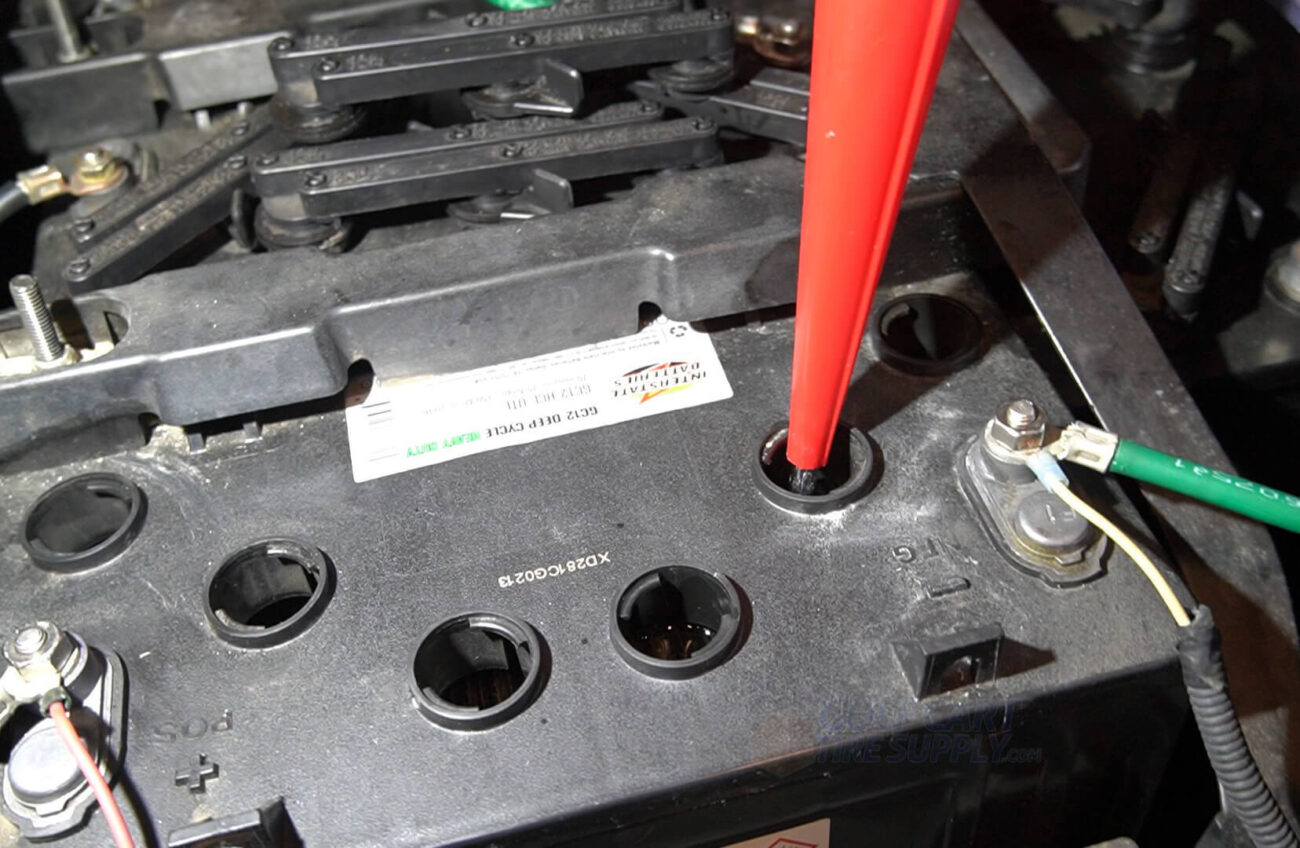
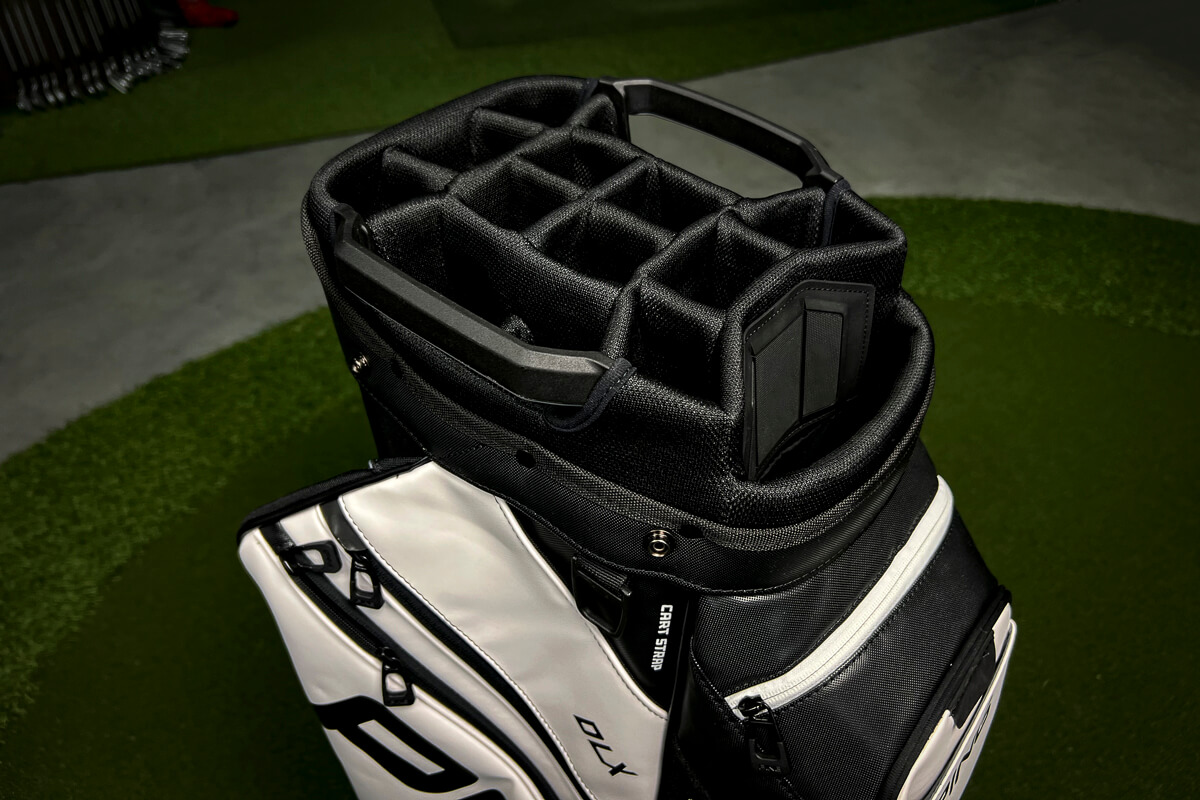
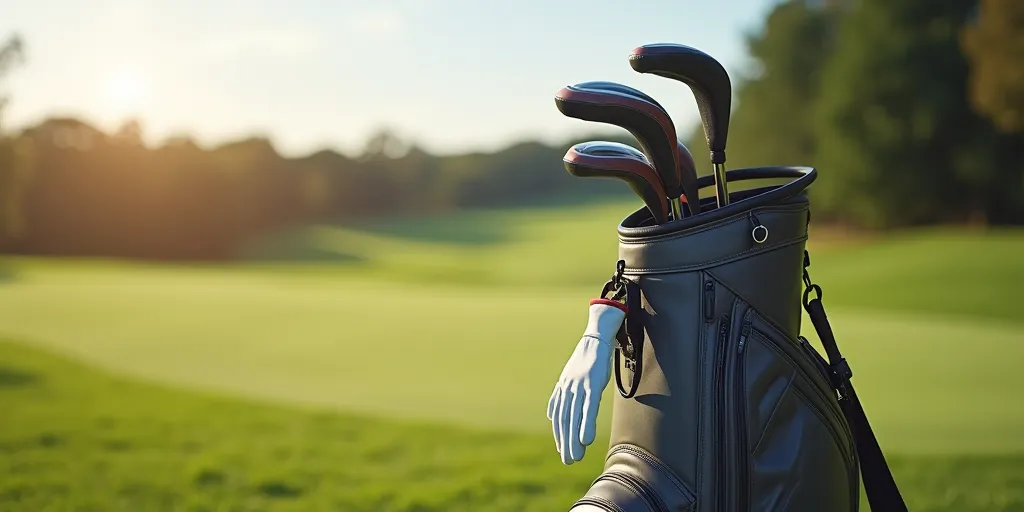
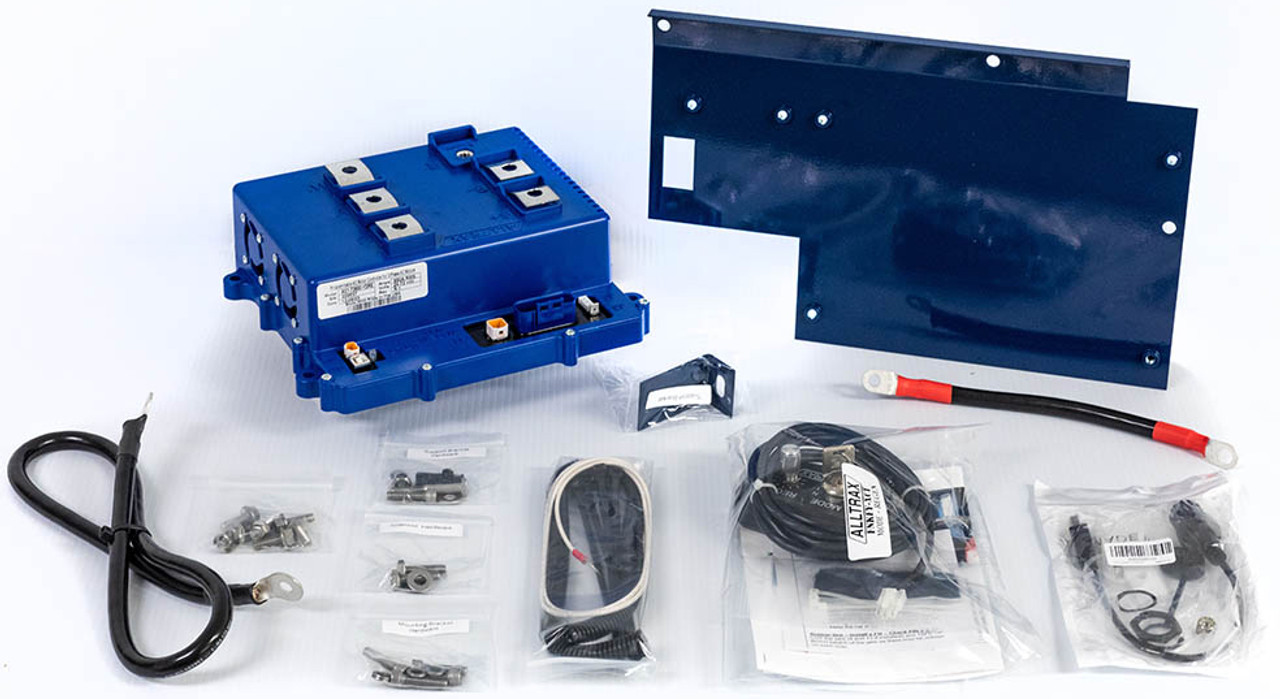
Add a review
Your email address will not be published. Required fields are marked *